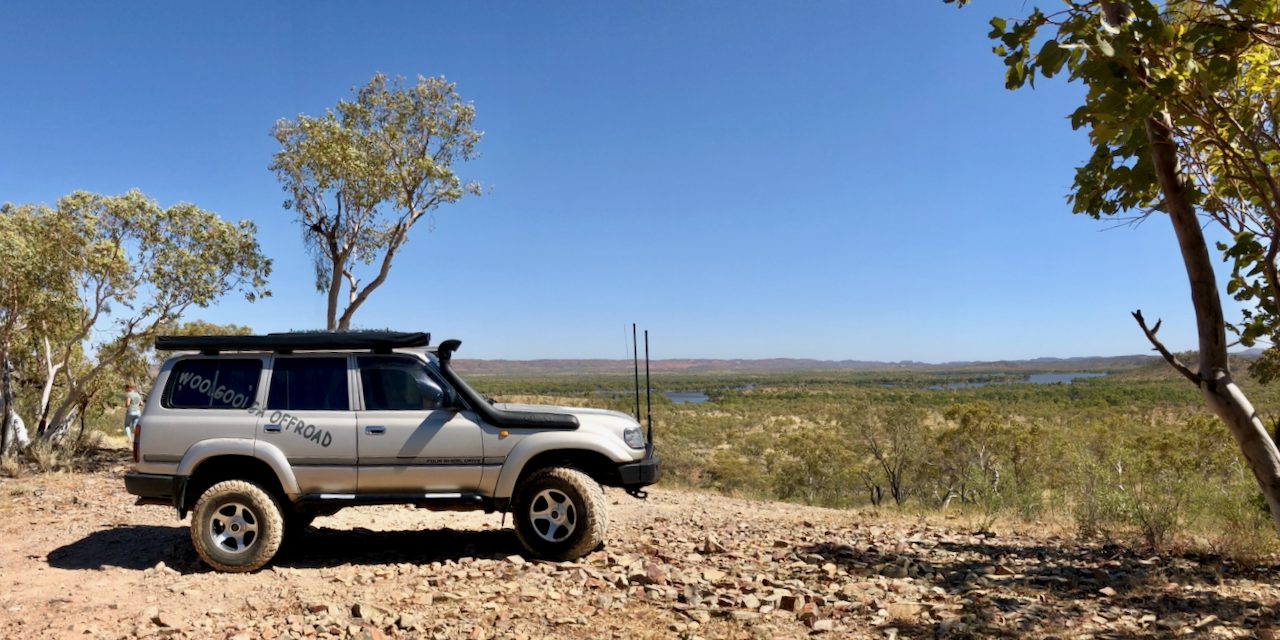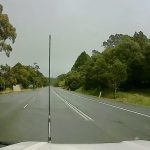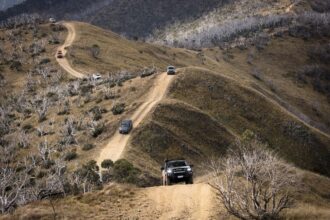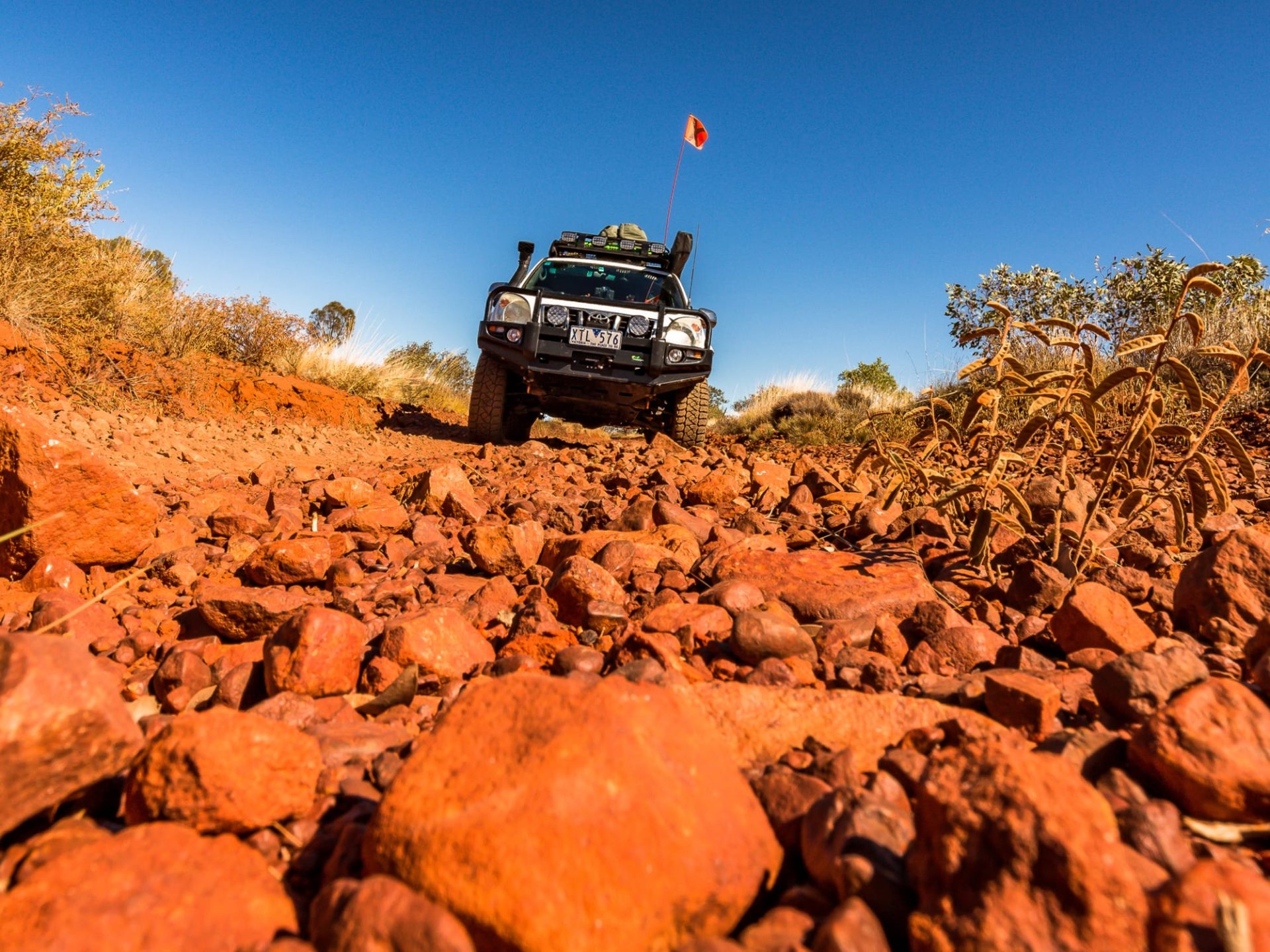Many consider the outback Queensland mining town of Mount Isa to be little more than a stopover or somewhere to stock up on supplies but there’s plenty to see, do and learn around this spectacular area with its rich mining history. Kev Smith takes us there.
Mount Isa in outback Queensland is no more than a big, boring mining town, right? Somewhere to stock up on supplies and then hit the road again? Well, that’s what I was expecting as we headed towards this outback centre on the way to The Gulf Country.
Now, don’t get me wrong, Mount Isa is a bloody huge mining-orientated outback Queensland city, where the main mine has been operating since early-1920, right in the heart of town, extracting copper, lead, zinc and silver for the world’s markets. In fact, Mount Isa claims to be the largest city in the world as it covers a whopping 43,200km2 of outback Queensland… but in much of this area there is no population. In fact, just over 40 per cent of the town’s population works in the mining industry in some way, and it is regarded as one of the most cost-efficient mines in the world.

In town there are a few things to see and do, including at the Isa Experience Centre where there’s a mine tour, the Riversleigh Fossil centre and the standard coffee and gift shops. Just up the road in Camooweal St, you can experience the Underground Hospital and Museum centre where back in 1942 this area was built just in case there was a threat from the Japanese. To the north of town, the Leichhardt River was dammed in 1958 to provide a guaranteed water source for the town, forming Lake Moondarra, where you can picnic, do a bit of birdwatching, slip a boat into the water or simply rest under the shady trees around the shoreline. The Lake has been stocked with barramundi and is a go to place for the locals trying to hook the big one. Once you’ve explored these outback Queensland touristy things, and the sunset lookout area that give you views across the city, that’s about it… or so we thought.

After gathering some intel from locals in town, we headed east towards Cloncurry along the Barkley Highway for 65km. A dodgy sign points out a beautiful free-camping spot down beside Corella Dam which was built in 1959 for a nearby uranium mine that’s now been decommissioned. Camping around the dam offers stunning waterfront views which contrast starkly with the harsh outback environment that this area is known for. The road in was pretty good and it led to the dam’s boat ramp, and where most campers seemed to congregate, but with a little exploring there are even better spots if you follow the trails around the dam.
During the cooler months the dam gets pretty packed with those getting away from the cold winters down south and chasing the redclaw that breed here. For those not in the know, redclaw are fresh water yabbies, but on steroids. You’ll need to read up on the regulations as there are bag and size limits on these mini-lobsters. After we tried for days to catch some using meat, we found out that redclaw are vegetarians, and they love overripe fruit and veggies. The dam isn’t used for commercial water storage anymore and we saw lot of local birdlife and fresh water crocs, the later steering clear of the masses and best spotted at dawn or dusk in the more remote parts of the dam. Even if you don’t have a tinny, there are plenty of 4X4 tracks around the dam to go exploring.



Surrounded by the stunning and rugged Selwyn Ranges it’s hard to imagine that this dam was once the lifeblood supporting a once a bustling outback Queensland town in the middle of nowhere. Just 6km away, the now abandoned township and mine area of Mary Kathleen has to be seen to be believed. Back in 1954 uranium was found by accident here and over the next few years a massive amount of material was excavated from the area and sent overseas. Reports say a staggering 9,000,000 tons of ore was processed through the plant. After years of trying to stay afloat, and after a few dodgy trade deals, the mine closed down in 1982, and despite the rehab work, a few corners were cut and dangerous materials have previously leached out of claimed safe areas.
Today it’s all been fixed properly and exploring the staggering open-cut mine and processing areas is just amazing. The buildings are gone now but the infrastructure areas can still be seen where huge concrete pads that once supported massive buildings and tanks are still around. But it’s the open-cut mine that takes your breath away, where a staggering amount of rock has been removed and where you can see the old roads that once circled the mine.

Over the years the mine has filled up with water and the rich mineral based ground has turned it a stunning yet eerie iridescent crystal blue. The water is alive with small fish darting in and around the trees that look like coral in the water some 20-40 feet below the surface. No matter how beautiful the water looks, don’t be tempted to jump in, or you may end up growing a third arm or at the very least losing your hair.
The nearby town was created to support the mine where more than 1000 people made a new life, and it wasn’t long before there was a school, a post office, a hospital, halls, shops and even a movie cinema in Mary Kathleen. Life was good until the mine closed and subsequently the town died, despite an attempt to re-open the mine in the early 1980s. When the mine rehab work was in place the town had to go too, but instead of bulldozing the whole area into a big pit, the town’s buildings were auctioned off and taken away. Today the only things left are the concrete slabs, the streets with kerbs and guttering, and several monuments paying homage to those who once lived here. It’s all gone now but these days this is another area where free camping is allowed.
This area is thick with other mining interests that pre-date Mary Kathleen. There’s a mining trail nearby called the Ballara Heritage Trail; starting midway back to Corella Dam and signposted right from the start, it’s well worth exploring. The road in is pretty easy and offers stunning views with the Argylla Ranges towering over you as you wind your way along. Keep an eye out for the information boards along the way so you don’t miss any points of interest. Around 20km along the trail you’ll find where the old town of Ballara once stood, but now there’s nothing left other than memories and forgotten dreams. A walking trail through the ‘town’ leads down to a rail platform where a narrow-gauge line ran from Ballara down to the mines almost 40km away.



Ore was found in the area in 1904 and another rush was on to stake a claim and hopefully become rich, and with this came miners, families and infrastructure. At the peak of the boom nearly 1500 miners battled the elements here, enduring bloody hot summers, a lack of water and cool winters.
Leaving the old town of Ballara, the road swings westward, following and occasionally crossing the old tramway line. The going gets a little rougher heading this way but it’s well worth the effort as the road turns to 4X4 country dipping down through dry creek beds and over hills as it follows the rough contours of the landscape. Hand-stacked stone bridges, the old ore transfer stage, twisted pieces of steel and rough concrete pylons can be seen on the drive. This was no ordinary tramway – most of the main section was a 3′ 6″ gauge but it reduced to 2′ gauge on the hard, rough and steep sections to allow more traction.

A lone trackside grave pays homage and respect to a lonely miner who worked in the are, and it prompted us to think just how tough life would have been here in this harsh part of outback Queensland. Not far down the track we came across the old settlement of Hightville. Here again there’s not much left, but a sign depicts a picture where there were houses, a school, a hotel and several mines, and it explains more about the history of the place. The sign also points out a 100m-long handcut tunnel located up in the hills; the road is marked as an extreme 4X4 route due to the narrow cuttings, rough terrain and sheer drops along the way, but if you’re game it’s totally worth the effort to find the tunnel 3m-wide and 4m-high tunnel, which was built by a gang of nine men hired on a flat contract rate plus dynamite costs. A small rockfall at the entrance doesn’t allow vehicles to drive through anymore, but you can still appreciate this amazing and heritage-listed piece of engineering on foot.

Wandering through the tunnel you can see evidence of pick marks, blasting holes and the communication wire that still runs through it, as well as a few resident sheath-tail bats enjoying the cool air inside. Out the other side you can view the huge Wee McGregor mine workings where it looks like half the hill has been moved to extract the copper. The road down to the mine is also classed as an extreme 4X4 track, especially after storms washed part of the road away, but walking around the now disused mine area it’s evident it must have been a bustling area in the past. Rehab works took place in 1975 but there’s still plenty to marvel at, and ponder how they got their gear into this severe terrain. Several of the deep (nearly 100m) mines have had safety grates welded over the top but still, looking down into them certainly gave me vertigo.

The tramway line took most of 1914 to complete and then mine work was suspended in 1916 due to a lack of water, then, in 1917, the area was hit with extremely heavy rainfall which caused flooding and damage to the line. Sadly, in late 1917, the mine was closed due to diminishing mineral finds. The gear was sold off and the men paid out. Over the next few years the line was pulled up and the Wee McGregor locomotive ended up on a cane farm.
Throughout the area between Mount Isa and Cloncurry, across the stunning and often harsh outback Queensland ranges, there are several mines and related history dating back before the Mount Isa deposit was found. Random and isolated lone graves, open mine pits and tunnels, plus relics from days gone by – it’s all part of our pioneering history that thankfully has now been protected for years to come.
For details on some travel experience and accommodation options in and around Mount Isa hit this Outback Queensland link and go here for more Unsealed 4X4 travel stories.










